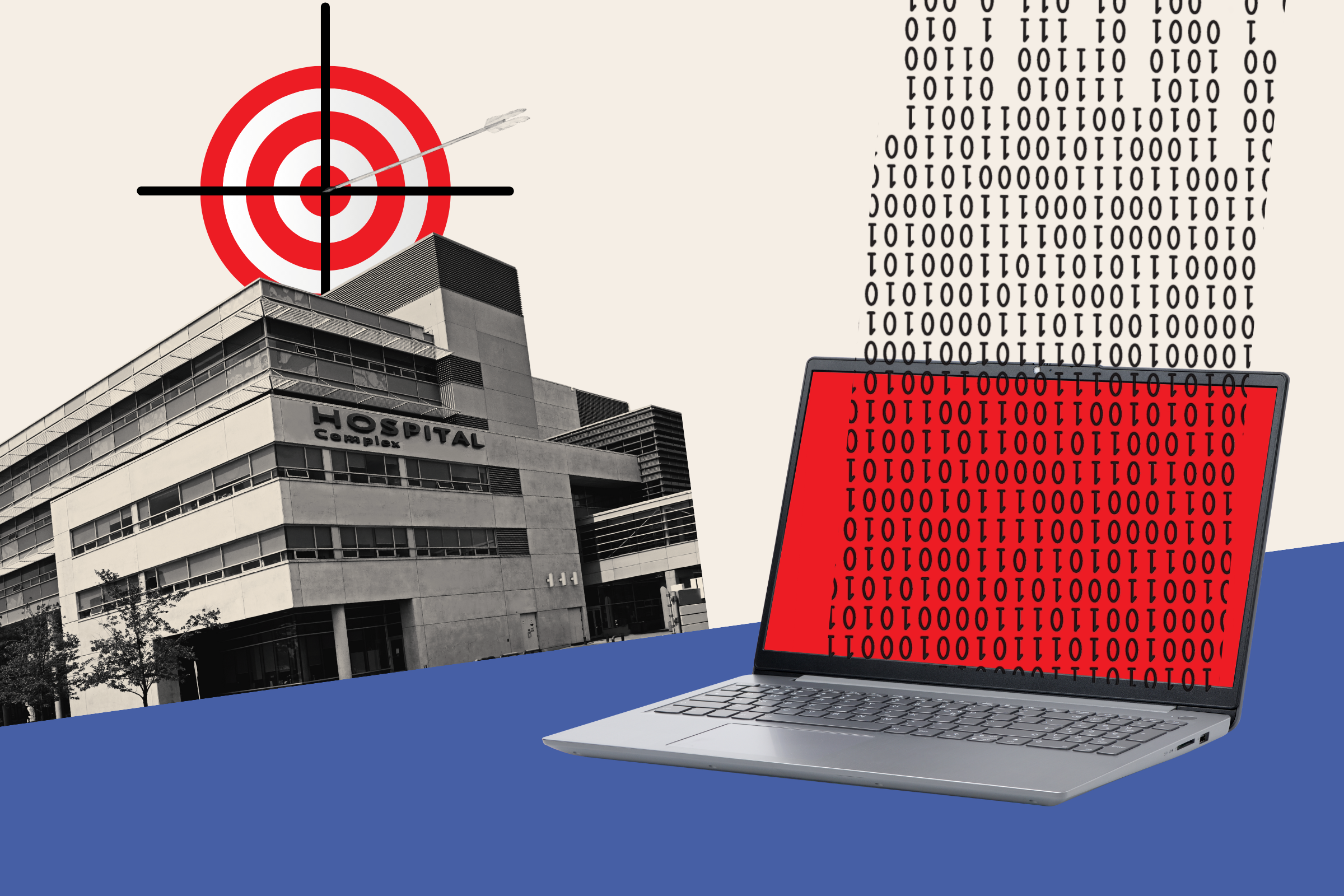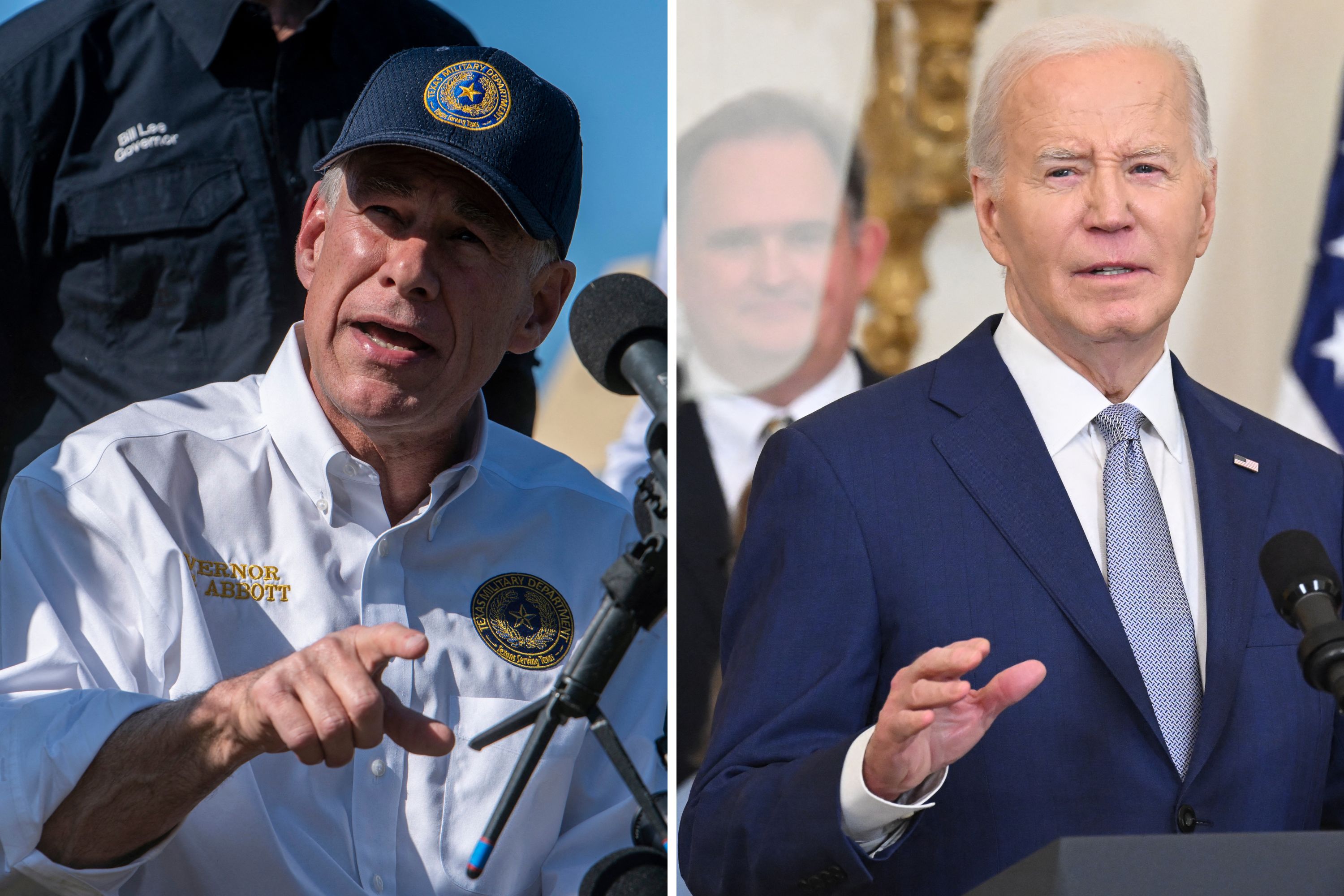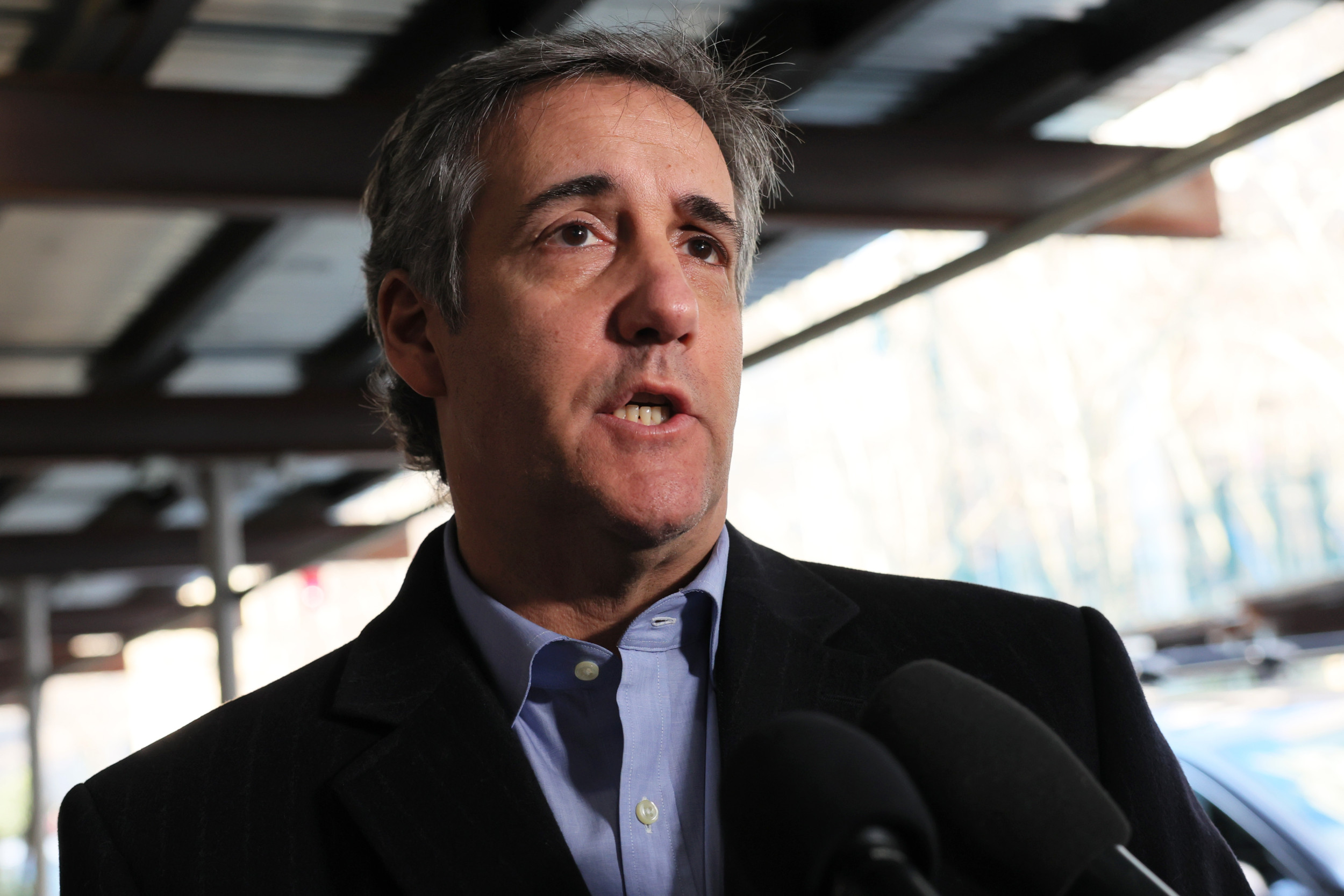
About 15 years ago, on assignment in Bolivia, I met a pair of local drug-enforcement agents who were kicking back in a hotel bar. The conversation was light and easygoing, until I mentioned I was based in Brazil. "Ah, Braaaazil," said one of the agents, peacocking for effect. "The land of 'the biggest in the world.'" I wrote his comment off as Latino envy, that familiar jolt of resentment, which served as the subtext of many conversations about the giant of South America and the neighbors it dwarfed. The comment was also a telling expression of how people viewed the old Brazil, the hemisphere's large underachiever, a nation that frequently waxed grandiose and then fell short of hype and expectations.
Much has changed in Latin America since then, nowhere more so than in Brazil. Stable, democratic, stylish, and self confident, this $2.5 trillion economy now has some backbone behind its swagger; it still stirs resentment among its neighbors—Brazilians are the new gringos—but not so many jokes these days. Instead, from inflation control to social welfare policies, from the campaign trail to the catwalk, the state of Latin America in 2013, and in years to come, will most likely be shaped by what happens in this restless country of 197 million. Welcome to Latin America's Brazilian decade.
Brazil, of course, is not the only game in town. Peru leads the hemisphere in economic growth, with GDP set to expand by 6 percent this year, nearly twice the Latin American average. Under the deft leadership of Juan Manuel Santos, Colombia has strengthened trade with China, courted onetime mortal enemy Hugo Chávez of Venezuela, and even resurrected peace talks with guerrilla insurgents, turning the modest Andean nation into a magnet for investment. Chile—the stellar outlier—has practically decoupled from the continent with its established tradition of free-market policies and an aggressive export industry that long ago made the pivot to the Pacifi c. Even Mexico, while bloodied by a six-year, futile drug war, is showing signs of revival with population growth slowing, public spending under control, and a long-awaited boom in manufacturing exports finally kicking in.
The rest of the world has taken note. "We're all focused on China. Latin America is a huge opportunity for us," Mitt Romney declared in his foreign-policy debate with Barack Obama in October. Romney was fudging a bit when he went on to claim that Latin America's economy was nearly the same size as China's. But the Republican runner-up had a point. Latin America is one of the few areas in the world that is still growing. It also is at peace, stable, and—except for a few autocratic patches —vibrantly democratic.
Infamous for the social chasm between rich and poor, the region is becoming slightly less lopsided as well. From 2003 to 2010, average incomes in Latin America grew by 30 percent, as some 73 million people climbed out of poverty, according to the World Bank. Once again Brazil is leading the pack. Its innovative cashtransfer program, Bolsa Família, harnesses the latest demographic data to pinpoint aid to the poor, bypassing the traditional scattershot welfare bureaucracy.
Versions of the Bolsa Família are now sprouting up across Latin America and even in Africa, adding "poverty-fiighting technology" to soybeans and iron ore in the portfolio of competitive Brazilian exports, notes economist Marcelo Neri , a social-policy analyst who heads Brazil's Institute for Applied Economic Research. More than improving their own lives, this rising new demographic is brightening prospects for consumer-goods manufacturers. U.S. exports to Latin America have doubled in the past decade and trade with Brazil is a big part of that spike. "The U.S. has more at stake in Brazil than in Libya," says Eric Farnsworth, vice president of the Council of the Americas and a former Commerce Department official under President Bill Clinton.
For years Washington has viewed Latin America more as an afterthought than as an equal trading partner. "Consciously, people don't give one damn about Latin America now," Richard Nixon confided in 1971 to a young Donald Rumsfeld in the publicly released White House tapes. "The only thing that matters in the world is China, Russia, and Europe." More congenially, a decade ago George W. Bush sent then—secretary of State Colin Powell to Lima for a fence-mending hemispheric summit. The date: Sept. 11, 2001. Latin America was soon lost in the fog of the war on terror.
President Obama came into office looking to forge a bond with Latin America. In 2009 at a regional parley in Trinidad, he announced a reboot with the region and even exchanged abrazos with Chávez, now the region's Yanqui basher in chief. Meanwhile, last year, as the Arab Spring spread across the Middle East, Obama bucked criticism at home to launch a three-nation swing through Latin America, spending a telling three of five days in Brazil. This was not a charity tour. "As the United States looks to Brazil, we see the chance to sell more goods and services to a rapidly growing market of around 200 million consumers. And for us, this is a jobs strategy," he told a gathering of Brazilian business leaders.
Not so long ago, when U.S. leaders looked south of the Florida straits, they saw red fl ags. The smart money on the Potomac was on Latin America veering left. Two-fisted socialists and lefty social democrats were elected in Brazil, Ecuador, Bolivia, and Nicaragua, while ultranationalist Néstor Kirchner of Argentina was strong-arming creditors to write off as much as three quarters of the $100 billion they had plowed into the country before the historic debt moratorium of 2001.
By 2005 the U.S.-inspired Free Trade Area of the Americas pact, which aimed to demolish trade barriers and create a trade union from Canada to Tierra del Fuego, was scorned by leaders from Caracas to Brasília. Out went the Washington Consensus and its gospel of free marketcapitalism, privatization, and limited government. Up went the banner of state capitalism. The financial collapse of 2008 only deepened the distrust of gringo capitalism. Suddenly the chatter among pundits was all about the rise of Chávez's Bolivarian alliance.
And yet for all the talk about the continent's vaunted lurch left, Latin America has sprinted solidly to the center. The Bolivarians made a lot of noise, but they were hardly representative of the new Latin American zeitgeist. The Bolivarian Alliance for the Peoples of Our America—a pact for "21st-century socialism" uniting Venezuela, Ecuador, and Bolivia in South America, plus Nicaragua and Cuba—accounted for barely a 10th of regional GDP. A major exception: Argentina, though due to government mismanagement and spendthrift policies, the once-promising South American nation's economy is beset by infl ation, among other woes.
Instead of building barricades, most Latin leaders have been busy courting opportunities. Their working model is not Chávez but Luiz Inácio Lula da Silva—and not the woolly Brazilian labor leader of the 1990s, known for his balled fist and his megaphone, but the Lula of tailored suits and conservative fiscal policies, who sweetened the mix with judicious social spending on the poor. That prescription—a marriage of market-friendly economics with strong, state-owned companies—is now leading the way throughout the region.
Days after he was elected president, the strident Bolivian coca grower Evo Morales proudly described himself as Lula's little brother. In 2009 when Mauricio Funes, a former Marxist guerrilla, won the election in El Salvador, many pundits braced for a socialist earthquake. Instead, Funes got on a plane to Brasília where he got chapter and verse on how to calm investors and soothe the middle class. "He's a good man," Lula told Newsweek, excusing himself from an interview to coach the visiting Salvadoran leader.
In Peru, Ollanta Humala, a former military man and would-be coup maker, was the bane of Lima's middle class, so he hired Brazilian political strategists who quickly Lulafied his fiery nationalist persona, putting him in a suit and having him break bread with bankers and business leaders across the country. Humala handily won the second round of voting in 2011, with the support of the business class, conservatives, and centrists like author Mario Vargas Llosa.
Not all of Brazil's admirers kept to script. Chávez, Morales, Daniel Ortega of Nicaragua, and Ecuador's Rafael Correa have seized dozens of private companies and intimidated independent media. The Committee to Protect Journalists recently blamed Correa for launching "a new era of widespread repression by filing debilitating defamation lawsuits in civil and criminal courts, pre-empting private news broadcasts, enacting restrictive legal measures, and smearing critics."
But even a cranky autocrat like Chávez has taken care not to antagonize the Brazilians. Lula lent him his political strategist and even recorded a campaign spot for the country's presidential elections in October). Those who did cross Brazil quickly felt the sting. In 2006, Morales seized an oil refinery run by Brazil's Petrobras and promptly saw Brazilian oil and gas investment dry up. His Bolivarian neighbor, Correa, briefl y fl irted with reneging on a loan from the huge Brazilian development bank, BNDES, but quickly backed down when Brasília growled.
Whether the Lula consensus can last is another story. With the world economy still on the ropes, growth has slowed considerably in the region. That, in turn, has cut into the gains of Latin America's avid new consumers and left governments with less money to spend on pet projects and patronage. Economists are already warning of a fallout. In Argentina, Cristina Kirchner's popularity has plunged to 37 percent from 64 percent a year ago, and Fitch Ratings has downgraded the country's credit standing to a lowly B-. Brazil's GDP growth is expected to slow to around 1 percent this year, and an unimpressive 3 to 4 percent for 2013.
To avoid the crunch, and the political blowback that will likely come with it, Brazil is tinkering with the script again. Dilma Rousseff is goosing the economy in ways only too familiar in a region long inured to palliative populism: consumer credit and tax breaks. Rousseff is opting for "micromanaging mechanisms and demand stimulus," former Central Bank president Armínio Fraga told a group of business leaders recently. Thus far, the result has been disappointing: tepid industrial growth, mounting consumer indebtedness, and higher infl ation. It remains to be seen whether Rousseff can steer the country back on the sensible path. But wherever it goes, it's a good bet that the rest of Latin America will follow.
Uncommon Knowledge
Newsweek is committed to challenging conventional wisdom and finding connections in the search for common ground.
Newsweek is committed to challenging conventional wisdom and finding connections in the search for common ground.
About the writer
To read how Newsweek uses AI as a newsroom tool, Click here.






